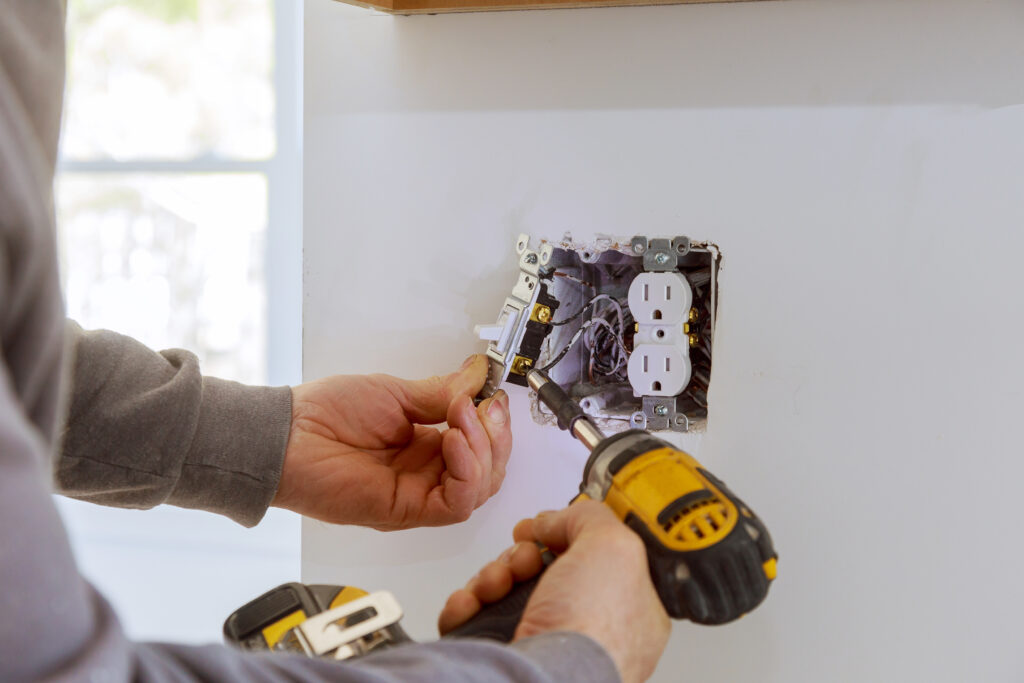As soon as there’s an electrical problem, nobody will hesitate to call an electrician and get the problem fixed right away. But a lot of people will neglect the electrical wiring safety in their homes.
Time and use will cause wiring and electrical installations to deteriorate, and their condition can really seriously worsen if they don’t get the proper attention which is unfortunately often the case. When you take this into account it’s no surprise that house fires are often caused by electrical faults.
Getting your electrical wiring inspected properly from time to time is an essential part of keeping your house free of dangers caused by faulty electrical wiring.
A good electrical safety inspection will:
· Look for and spot any potential risks of electric shock.
· Locate any breakers or fuses that are too big and might be the trigger for electrical fire hazard.
· Spot defective wiring and any other faults that a DIY or non-certified electrician might be responsible for.
· Expose if there’s a lack of grounding.
· Find out if any electrical circuits are being overloaded.
· Reveal components and electrical wiring that’s degraded from time and usage.
So when’s a good time to get an electrical safety inspection done? First of all, you’ll definitely want one done when you’re when purchasing a house so you can make sure it’s safe to move in to. Another good time would be if you haven’t have it done in over 20 years. You can also take advantage of any major home renovations to take a look and see what shape things are in. Besides those times, you would also want to have an inspection of your electrical wiring if you notice that one or several of your electrical appliances are acting up or behaving erratically.
And most importantly, call a professional! Getting into electrical wiring on your own without training can be dangerous and result in harm to your home and your person!
